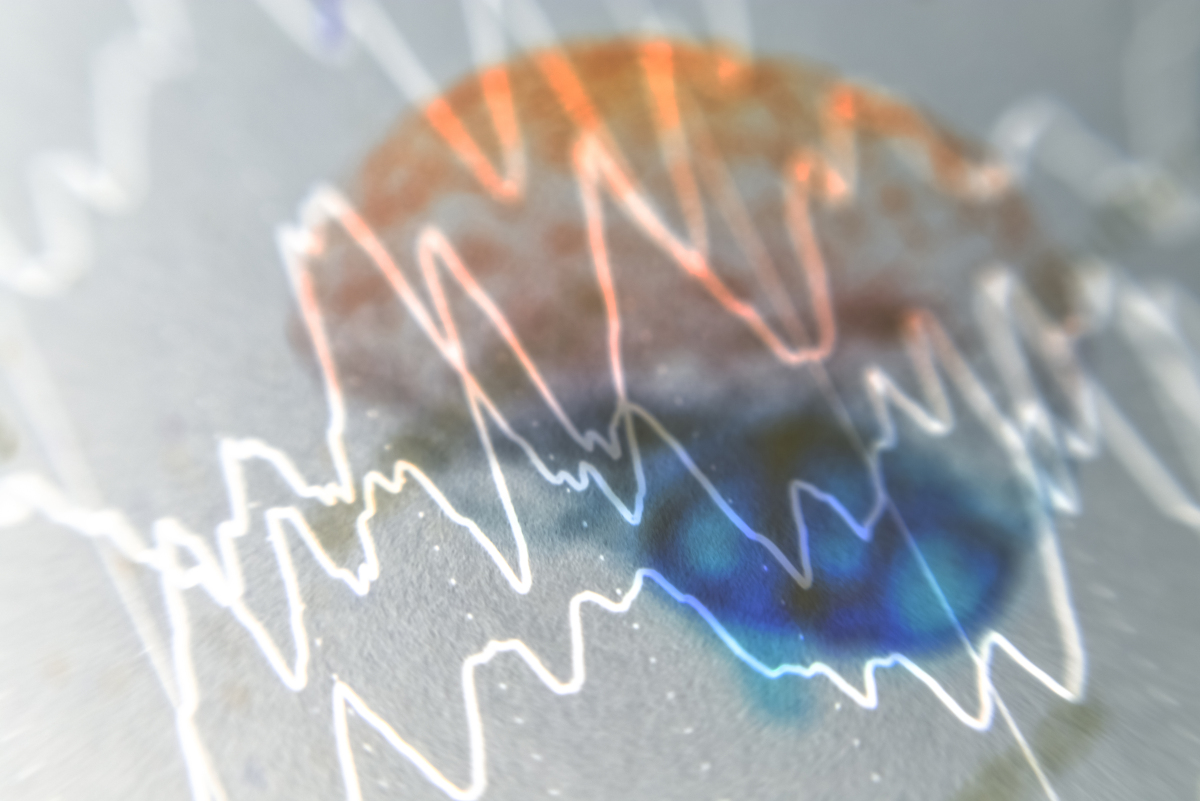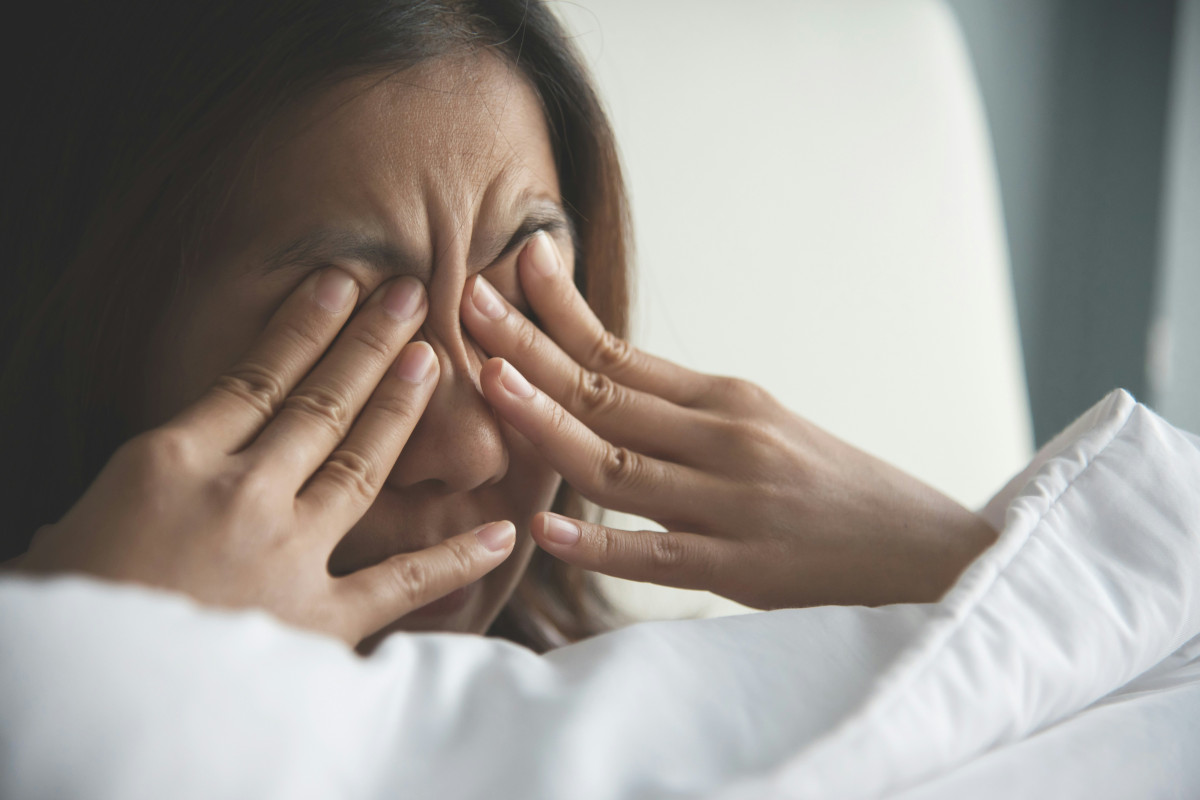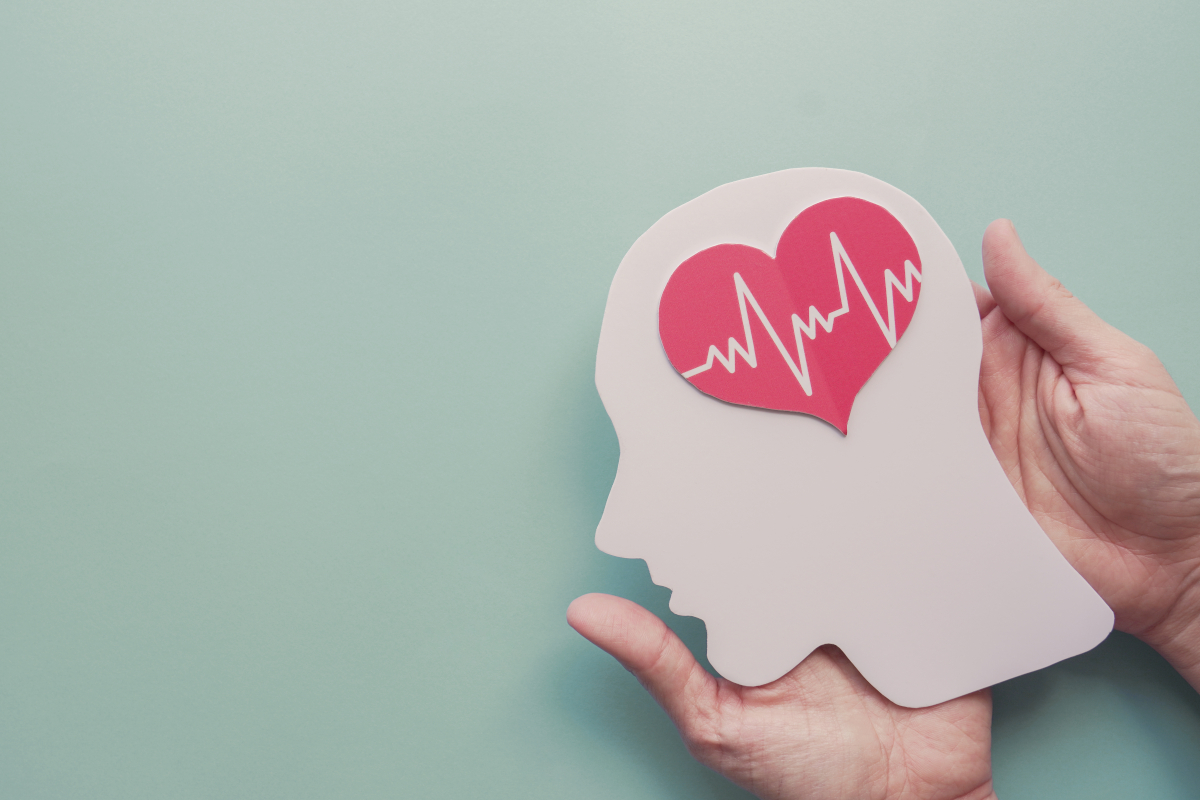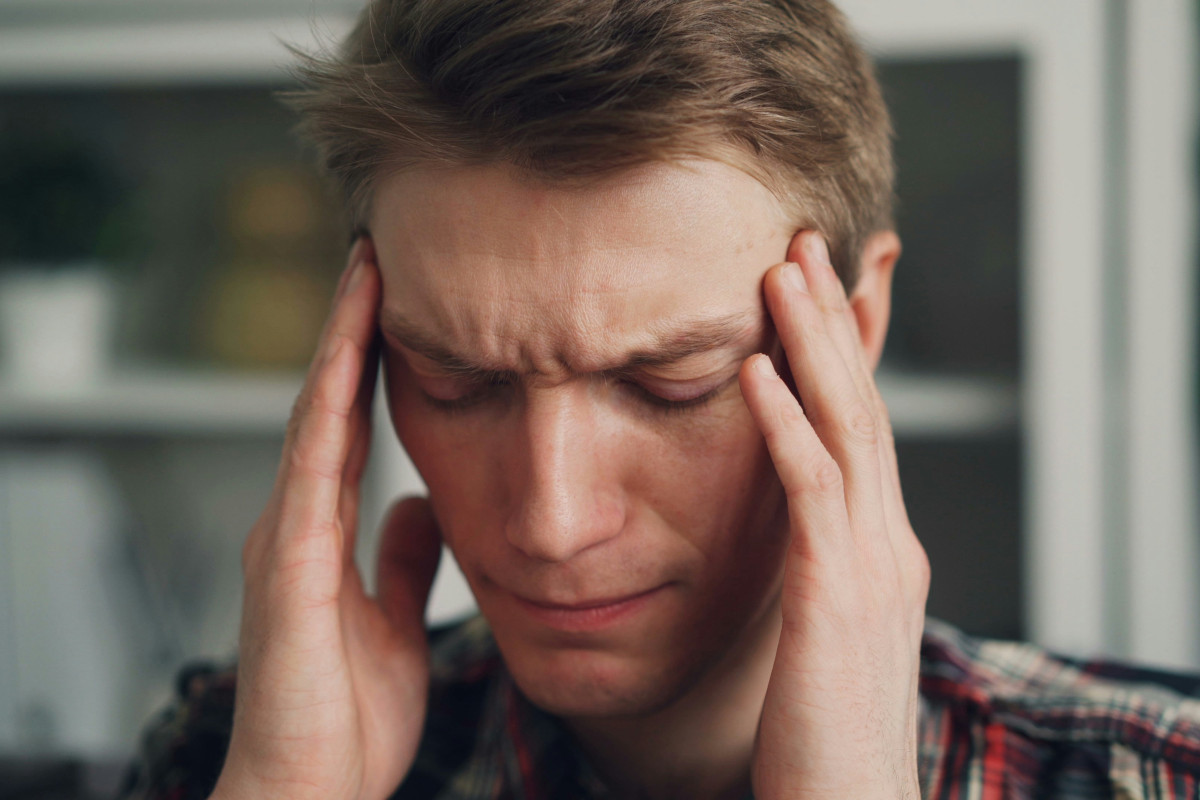When suffering increases: accompanying illnesses with headache and migraine
The World Health Organisation (WHO) counts migraine as one of the most severely disabling illnesses affecting humanity. Headache disorders are a great burden to those affected by them. In addition, people suffering from headaches or migraine have a higher risk of developing further illnesses or problems. Emerging research is focusing increasingly on these accompanying illnesses (the specialist term for them is “comorbidities”) with headaches and migraine. This article presents the newest findings in this field.-
References
Altamura C, Corbelli I, de Tommaso M, Di Lorenzo C, Di Lorenzo G, Di Renzo A, Filippi M, Jannini TB, Messina R, Parisi P, Parisi V, Pierelli F, Rainero I, Raucci U, Rubino E, Sarchielli P, Li L, Vernieri F, Vollono C, Coppola G. Pathophysiological Bases of Comorbidity in Migraine. Front Hum Neurosci. 2021 Apr 20;15:640574. doi: 10.3389/fnhum.2021.640574.
Caponnetto V, Deodato M, Robotti M, Koutsokera M, Pozzilli V, Galati C, Nocera G, De Matteis E, De Vanna G, Fellini E, Halili G, Martinelli D, Nalli G, Serratore S, Tramacere I, Martelletti P, Raggi A; European Headache Federation School of Advanced Studies (EHF-SAS). Comorbidities of primary headache disorders: a literature review with meta-analysis. J Headache Pain. 2021 Jul 14;22(1):71. doi: 10.1186/s10194-021-01281-z.
Galvez-Sánchez CM, Montoro Aguilar CI. Migraine and Neuroticism: A Scoping Review. Behav Sci (Basel). 2022 Jan 28;12(2):30. doi: 10.3390/bs12020030. PMID: 35200282; PMCID: PMC8869701.
Garrigós-Pedrón M, Segura-Ortí E, Gracia-Naya M, La Touche R. Predictive factors of sleep quality in patients with chronic migraine. Neurologia (Engl Ed). 2022 Mar;37(2):101-109. doi: 10.1016/j.nrleng.2018.11.009. Epub 2021 Feb 4. PMID: 35279224.
Hubbard CS, Khan SA, Keaser ML, Mathur VA, Goyal M, Semi-nowicz DA. Altered brain structure and function correlate withdisease severity and pain catastrophizing in migraine patients.eNeuro [Internet]. 2014;1:e20, 14.60
Kikui S, Chen Y, Ikeda K, Hasebe M, Asao K, Takeshima T. Comorbidities in patients with migraine in Japan: a cross-sectional study using data from National Health and Wellness Survey. BMJ Open. 2022 Nov 30;12(11):e065787. doi: 10.1136/bmjopen-2022-065787. PMID: 36450434; PMCID: PMC9716839.
Kim J, Lee S, Rhew K. Association between Gastrointestinal Diseases and Migraine. Int J Environ Res Public Health. 2022 Mar 28;19(7):4018. doi: 10.3390/ijerph19074018. PMID: 35409704; PMCID: PMC8997650.
Lipton RB, Fanning KM, Buse DC, Martin VT, Hohaia LB, Adams AM, Reed ML, Goadsby PJ. Migraine progression in subgroups of migraine based on comorbidities: Results of the CaMEO Study. Neurology. 2019 Dec 10;93(24):e2224-e2236. doi: 10.1212/WNL.0000000000008589. Epub 2019 Nov 5.
Lipton RB, Seng EK, Chu MK, Reed ML, Fanning KM, Adams AM, Buse DC. The Effect of Psychiatric Comorbidities on Headache-Related Disability in Migraine: Results From the Chronic Migraine Epidemiology and Outcomes (CaMEO) Study. Headache. 2020 Sep;60(8):1683-1696. doi: 10.1111/head.13914. Epub 2020 Aug 16.
Peres MFP, Mercante JPP, Tobo PR, Kamei H, Bigal ME. Anxiety and depression symptoms and migraine: a symptom-based approach research. J Headache Pain. 2017 Dec;18(1):37. doi: 10.1186/s10194-017-0742-1. Epub 2017 Mar 21.
Richer L, Wong KO, Martins KJB, Rajapakse T, Amoozegar F, Becker WJ, Klarenbach SW. Characteristics of Adults with Migraine in Alberta, Canada: A Population-Based Study. Can J Neurol Sci. 2022 Mar;49(2):239-248. doi: 10.1017/cjn.2021.68. Epub 2021 Apr 13. PMID: 33845936.






















